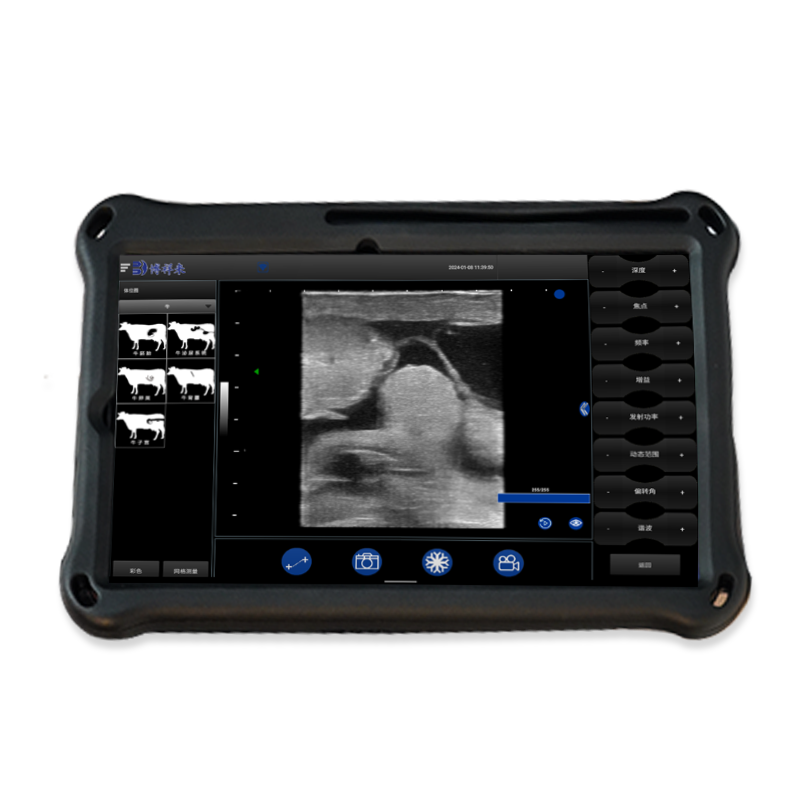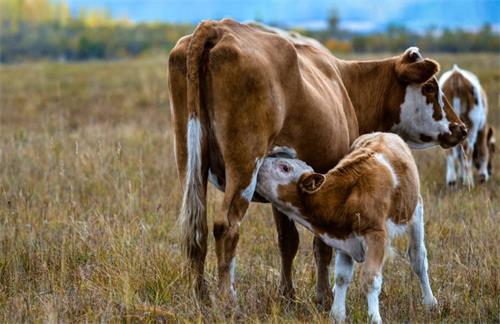The impact of B-ultrasound on infertility in dairy cows. Infertile dairy cows need to be checked and treated in time, so that active prevention and treatment can achieve the best effect.
Actively prevent and treat infertility in cattle and improve the fertility of cattle. According to the type of infertility in cattle, they should be classified and comprehensive prevention and treatment measures should be taken. For congenital and physiological infertility, attention should be paid to selection and elimination. The fertility of old cows decreases, and they should be eliminated and updated in time after B-ultrasound examination. For cattle suffering from infectious diseases, the epidemic prevention and quarantine regulations of infectious diseases should be strictly implemented and handled in time according to regulations. For infertile cows or aborted cows suspected of being caused by infectious diseases, the cause should be found out as soon as possible and corresponding measures should be taken to reduce the spread of infectious diseases. B-ultrasound is used to examine the reproductive system of cattle. For non-infectious diseases such as uterine or ovarian inflammation, comprehensive prevention and treatment should be carried out from management, hormone treatment and other aspects according to the cause of the disease.
Use modern breeding technology to improve the reproduction rate of dairy cows. Including synchronous estrus, superovulation, embryo transfer, embryo splitting, in vitro fertilization, sex control technology, and early pregnancy diagnosis with B-ultrasound in cattle.

Keep good records of dairy cow breeding management inspections, estrus mating records, and B-ultrasound examination results for cows; keep complete records of the time of postpartum discharge of the cow's placenta; record the color and amount of lochia discharge; record whether it is dystocia; record the time of the first estrus after delivery, etc. Combine records with actual observations, and take effective measures in time to improve the conception rate of dairy cows.
Strictly follow artificial insemination operation techniques, use high-quality frozen semen, rectal control, or B-ultrasound monitoring for cows, and timely (0-6h after the cow estrus) and accurately deliver a certain amount of semen to the appropriate part of the uterus of the estrus cow (5-8cm deep in the cervix, on the side of ovulation), avoid reproductive tract damage, and implement two inseminations, with an interval of 8-12h for the second insemination.








